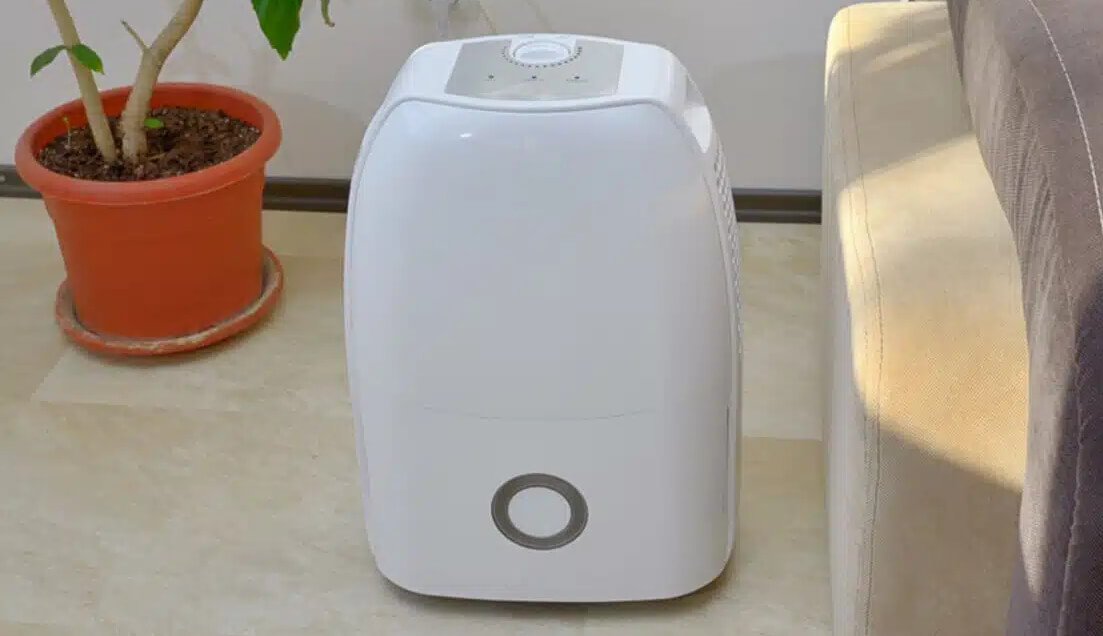In his speech at Georgetown University today announcing his “Climate Action Plan,” President Obama said that appliance standards aren’t sexy, but can do a lot to help cut CO2 emissions. In the plan, he committed to a new appliance energy efficiency goal: “Efficiency standards for appliances and federal buildings set in the first and second terms combined will reduce carbon pollution by at least 3 billion metric tons cumulatively by 2030-–-equivalent to nearly one-half of the carbon pollution from the entire U.S. energy sector for one year---while continuing to cut families’ energy bills.”
It’s an ambitious goal. With strong direction and support from the president and his top advisors, it can be achieved through the hard work of the skilled engineers and analysts at the Department of Energy (DOE).
Including appliance efficiency standards in a climate action plan makes good sense. Few policies offer the potential to make a meaningful contribution to CO2 reductions while at the same time saving consumers money on their utility bills. [PDF] We estimate that the typical household spends about $500 less each year on energy due to already-existing standards. In a recent report, we found that the performance of products with efficiency standards has stayed the same or gotten better. Products have gained new features as well.
Let’s start with what the Obama administration has already accomplished. Based on DOE analyses, new standards completed during the first term will save about 1.9 billion metric tons of CO2 by 2030. That’s a big portion of the president’s new goal that’s already in the bank. [Feb 18, 2014 update: We launched a CO2 tracker to keep tabs on progress]
Within weeks of his first inaugural, the president directed DOE to meet or beat all deadlines for new efficiency standards, reversing a pattern of missed deadlines dating back to the 1990s. DOE completed new standards for refrigerators, clothes washers, water heaters and most other major household appliances. New standards for fluorescent tube light bulbs used in offices will save more energy than any other previously established by DOE. In total, new standards developed by DOE since January 2009 will save about 800 million metric tons of CO2 by 2030.
The rest of the already-banked 1.9 billion metric tons comes from standards enacted by Congress as part of the Energy Independence and Security Act of 2007 (EISA). DOE completed the regulations codifying and implementing the EISA standards in early 2009. The biggest savings in EISA are coming from the general service light bulb standards which are improving the efficiency of incandescent light bulbs and fostering new lighting technologies like LEDs.
So, just a few months after his second inaugural, President Obama has met nearly two-thirds of his new goal for reducing emissions with appliance standards. But, to get there, he got a huge assist from Congress.
Meeting the overall goal will require another 1.1 billion metric tons of CO2 saved through DOE’s administrative authority to update and expand standards in the second term, or nearly 40% more than the savings achieved by DOE rulemakings in the first term.
Based on our 2012 report, The Efficiency Boom, new standards in the pipeline at DOE could save another 700 million metric tons of CO2 by 2030. New standards for electric motors, commercial rooftop air conditioners and commercial refrigeration products are some of the biggest energy savers under development. Another 100 million tons in savings will be achieved by federal building standards. That leaves about 300 million metric tons out of the 3 billion ton goal which must be met by yet-to-be identified actions.
How can this ambitious goal be met?
First, the president needs to clear the backlog of [PDF] overdue standards. Although the administration followed his 2009 directive to meet or beat deadlines at first, over the past two years DOE has fallen further and further behind on many standards, primarily due to extended reviews by the White House’s Office of Management and Budget. These delays need to end right away.
Second, DOE needs to meet deadlines for pending standards. Getting all the pending standards done on time and set at appropriately strong levels is essential to meeting the president’s goals. Past experience has shown that, absent continued support from the White House, standards tend to get bogged down in delays.
Third, new actions need to be identified very soon to meet the rest of the goal. The standards development process is slow-moving, usually taking three years from start to finish, so actions to be completed this term must be begun this year. Options for the administration include developing standards for products like industrial compressors not subject to existing standards and accelerating updates to standards that are not legally required until after the current term.
The president is probably right that appliance standards aren’t the sexiest part of his climate plan, which may help explain why they have been beset by delays in the past. But, by highlighting efficiency standards in his plan, the president has taken the first step towards ensuring that standards get the attention they deserve and that all parts of his administration will work together to meet the goal.





